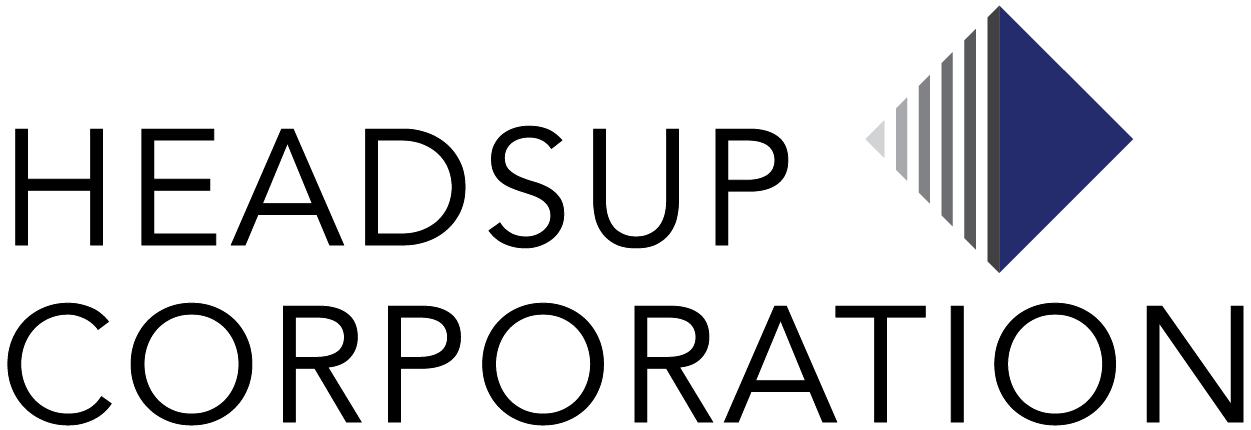India is multicultural and diverse, with people belonging to different regions, religions, ethnicities, linguistic identities etc. all living together. This unique diversity in India adds new challenges and opportunities for organizations when seeking to implement Diversity and Inclusion initiatives in the workplace. However, there is also a fact that we often look up to the ideas that have been traversed and imposed upon us from other stereotypically developed countries.
One of the recent initiatives has been the SEBI mandate that requires all listed organizations to have at least one female director on their board. This has led to an eight per cent increase in the number of women across company boards. Other initiatives have looked at promoting LGBTQIA+ rights at the workplace, the extension of maternity leave and the Right of Persons with Disability Act. Let’s look at more initiatives to include and incorporate India’s diversity!
Contextualizing Diversity & Inclusion in India: Are Your Eurocentric Methods of Diversity and Inclusion in the Workplace Working Here?
Linguistic Diversity and Inclusion
India has over 22 languages listed in the Constitution and even more are spoken across the country. It is crucial to account for these numbers at your workplace and develop a multi-lingual environment. Employees should be encouraged to learn multiple languages that may be crucial to their roles through cross-cultural communication courses and curated language learning. Managers should also be prepared and equipped to deal with linguistic diversity and make everyone feel included, without the imposition of any one language.
Religious Diversity and Inclusion
A diverse and inclusive workplace encourages all team members to bring their whole selves to work. All employees should be given the space for the expression of their faith and values, especially given how Indians consider their religious identity as a defining factor. To accommodate diversity in the workplace, you must ensure to build a culture of religious inclusion, tolerance, and mutual understanding. This can be achieved by dismantling stereotypes of someone of a specific religion and those who refrain from any religious practices (atheism).
Disability and Inclusion
India has a long tradition of accepting people with disabilities. But we can’t ignore the fact that we also retain stereotypes and prejudiced beliefs about them. In today’s modern society as well, disability is still viewed with apprehension and equal opportunities are denied at workplaces. The Persons with Disabilities (Equal Opportunities, Protection of Rights and Full Participation) Act was implemented in 1996 and sought to make workplace inclusion for people with disabilities better and improve diversity in a workplace.
Ira Gupta, Head of Human Resources at Microsoft India gives insight into this inclusion in the workplace,
“Over the last year, we accelerated our efforts on continuous awareness and education, with better outreach through our logo & Cheer in Braille and American Sign Language, while grooming in-house sign language champions. We expanded our benefits to include insurance cover for treatment of accidents and therapy for acquired disabilities, and have provided all forms of reasonable accommodations like ergonomic workstations and assistive tech to help associates work from the comfort of their homes effortlessly. As we move ahead, all of these efforts will continue even as we think more deeply about enabling caregivers. The future holds great potential to continue to leverage technological innovations to bridge gaps, bring all of us closer and foster equity.”
Caste Diversity and Inclusion
Caste is a system to assign birth-based status to individuals that is prevalent in South Asia. In the workplace, caste as a means of discrimination is often denied and brushed under the carpet. The recent cancellation of a talk by a Dalit activist at Google because of internal protests also displays how employees are unwilling to discuss caste-based discrimination.
A 2007 study by Sukhadeo Thorat and Paul Attewell sought to look at the prevalence of caste-based discrimination in workplaces. Companies were less likely to offer jobs based on the same resumes if the names of the candidates indicated a Dalit or Muslim identity. They also found that the criteria for selection by companies may be laden with regional stereotypes. They deduced that Dalit students had lowered salary expectations. Additionally, they found it hard to get into the private sector without a social network that higher caste students would have.
Multiple selection criteria that look at a candidate’s polished conversing skills in English, confidence, attire and cultural fit, may inadvertently end up being biased. Moreover, selecting only caste-privileged candidates who fit these checkboxes is a method of segregation and goes against diversity, equity and inclusion. Thus, it becomes crucial to be open to conversations about and around caste in the workplace and look at ways to make hiring more equitable and accessible.
The Bottom Line
In a corporate context, hiring and managing a diverse workforce is vital to accomplishing strategic business goals. According to a 2015 McKinsey report, companies with high ethnic and racial diversity in management were 35% more likely to have higher returns than the industry average. It is time to look at Diversity and Inclusion in the Indian context and seek ways to make the practice less eurocentric. Focussing on the unique diversity in India and looking at methods to include those needs to be a priority for Indian companies.
You can Reach out to our experts here for the same!








